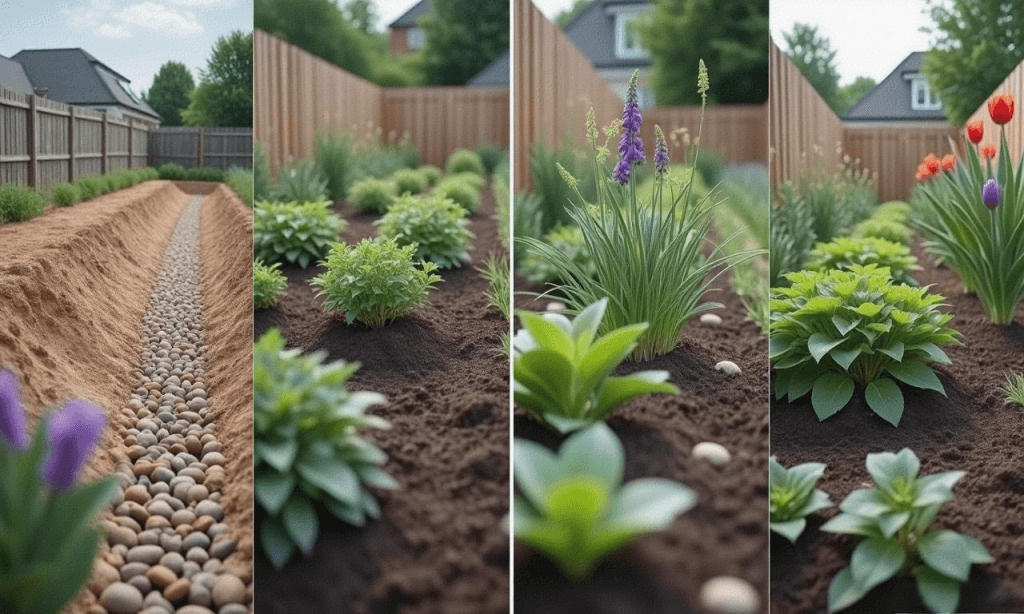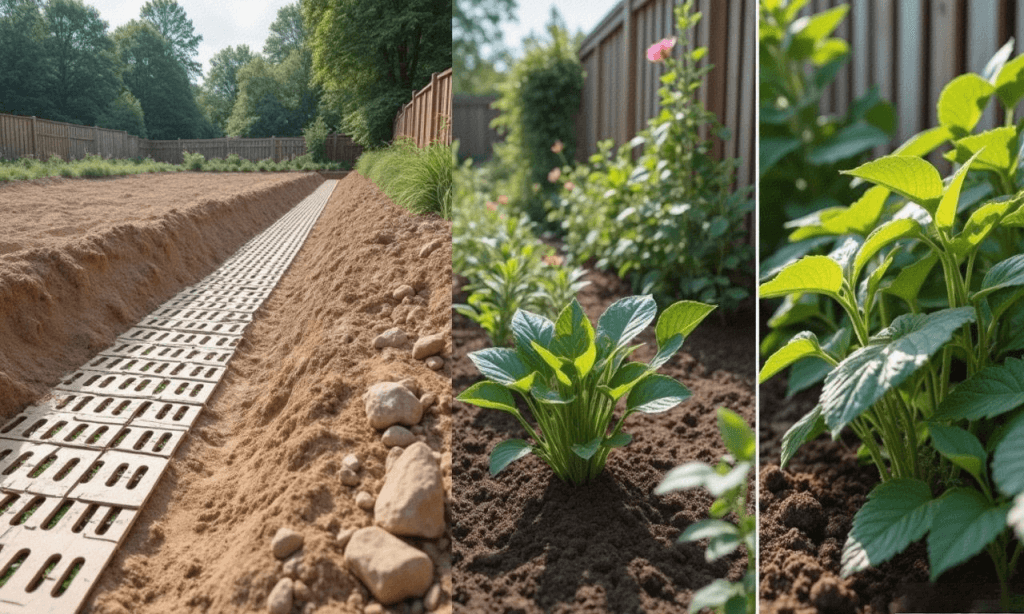The Truth About Raised Bed Gardening: Pros, Cons & Is It Worth It?
Introduction: The Great Gardening Debate
Raised bed gardening has surged in popularity, with Google Trends data showing a 300% increase in searches over the past five years. But is this gardening method truly superior to traditional in-ground planting? According to a 2024 study by the University of Maryland Extension, raised beds can increase yields by 25-50% in certain conditions—but they're not the perfect solution for every gardener.
This comprehensive guide examines:
- Scientific comparisons of soil quality and plant growth
- Real-world cost analysis (materials vs. long-term benefits)
- Regional adaptations for different climates
- 7 critical factors to consider before building
Whether you're a beginner with poor soil or an experienced gardener, these insights will help you make the best decision for your unique situation.
Section 1: The Proven Benefits of Raised Beds
1. Superior Soil Control
- Problem Solved: Native soil compaction, poor drainage, or contamination
- Science Backing: Journal of Agricultural Science reports 34% better root development in raised beds
- Case Study: A Seattle gardener transformed concrete-like clay soil into productive beds within one season
2. Earlier Planting & Extended Seasons
- How It Works: Soil in raised beds warms 3-5°F faster in spring (USDA ARS data)
- Regional Impact:Minnesota: Start planting 2-3 weeks earlierFlorida: Improves drainage during rainy seasons
3. Reduced Weed & Pest Pressure
- Key Findings:47% fewer weeds (RHS trial data)Easier to install barriers against burrowing pests
Section 2: The Hidden Costs & Drawbacks
1. Upfront Investment Shock
- Material Cost Comparison:Cedar (most durable): 150−300 per 4'x8' bedComposite: 200−400Corrugated metal: 250−500In-ground prep: 0−50 (tilling/amendments)
"A 2023 Gardener's Supply Company survey found 62% of beginners underestimate raised bed costs by 300%"
2. Soil Volume Requirements
- Math Reality: A 4'x8'x1' bed needs 32 cubic feet of quality soil
- Cost Range: 80−160 to fill (more for deeper beds)
3. Watering Demands
- Drought Impact: Raised beds dry out 40% faster (University of Arizona study)
- Solution: Drip irrigation + moisture-retentive amendments
Section 3: Material Showdown - What Lasts?
Durability Testing Results
| Material | Lifespan | Pros | Cons |
| Cedar | 10-15 yrs | Natural rot resistance | Highest upfront cost |
| Pine (treated) | 5-7 yrs | Budget-friendly | Chemical leaching risk |
| Corrugated Metal | 20+ yrs | Modern aesthetic | Soil heats excessively |
| Concrete Blocks | 25+ yrs | Modular design | Difficult to relocate |
Personal Recommendation: For most gardeners, cedar offers the best value long-term.
Section 4: Who Should (And Shouldn't) Use Raised Beds
Ideal For:
- Urban gardeners with contaminated soil
- Seniors or mobility-limited (less bending)
- Cold climate growers (extended seasons)
- Areas with heavy clay or sand
Poor Fit For:
- Large-scale vegetable farming
- Drought-prone regions without irrigation
- Renters who may relocate
- Areas with gophers (requires bottom barriers)
Case Study: A Texas gardener switched back to in-ground after $800 in raised beds failed during record droughts.
Section 5: Hybrid Solutions - Best of Both Worlds
1. The "Lasagna Method"
- How It Works: Layer compost/newspaper/leaves directly on native soil
- Benefits:Improves soil without constructionCosts 80% less than raised beds
2. Partial Raised Beds
- Design: 6-8" wooden borders around in-ground plots
- Perfect For: Areas with moderate drainage issues
Section 6: Cost-Benefit Analysis (5-Year Outlook)
Sample 4'x8' Cedar Bed
| Cost Factor | Raised Bed | In-Ground |
| Initial Setup | $320 | $40 |
| Soil Amendments | $120 | $60/year |
| Water Usage | +$15/year | Baseline |
| Maintenance | $20/year | $40/year |
| 5-Year Total | $515 | $300 |
Key Takeaway: Raised beds break even after 7 years—but offer intangible benefits.
Final Verdict: When to Make the Investment
Worth It If:
✅ You have poor native soil
✅ Need better accessibility
✅ Want long-term soil control
✅ Garden in cold climates
Not Worth It If:
❌ You're on a tight budget
❌ Have decent native soil
❌ Live in arid regions
❌ Might move soon
As Michigan State University researchers concluded: "Raised beds are a tool, not a universal solution—their value depends entirely on the gardener's specific needs."
Ready to decide? Assess your soil, budget, and goals—then grow accordingly!
Disclaimer
Individual results vary based on materials, climate, and maintenance. Always test soil for contaminants before gardening. AI-generated images are illustrative only.
Sources Cited:
- University of Maryland Extension (2024 Yield Studies)
- USDA Agricultural Research Service (Soil Temp Data)
- Journal of Agricultural Science (Root Development Research)
- Gardener's Supply Company Annual Reports
Andrew
|
2025.04.23






